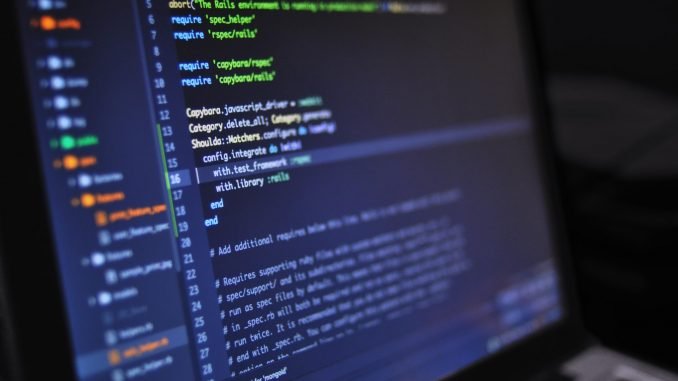
LAMP stands for Linux, Apache, MySQL, and PHP. A great combination to build a powerful web server based on Linux distribution. This tutorial will show you how to install LAMP on Fedora 31. In other words, we are going to build a powerful web server with a MySQL database back end. I have written many tutorials about how to build a powerful web server using Linux.
There are things to do to complete this task. But I will try to explain them one by one. This tutorial is applicable to both Fedora 31 Server or Workstation edition.
Steps to Install LAMP Server on Fedora 31
Step 1. Update System
Well, it is good to update Fedora before continuing to the next steps. Let’s update Fedora 31 with this command
sudo dnf update
Step 2. Set the SELinux
By default, Fedora 31 SELinux is set to enabled. Now we need to disable it. Use the following command to permanently disable it
sudo sed -i 's/^SELINUX=.*/SELINUX=disabled/g' /etc/selinux/config
Now make sure the SELinux is disabled
cat /etc/selinux/config | grep SELINUX=
Output:
SELINUX= can take one of these three values: SELINUX=disabled
Step 3. Install Apache Web Server
Now we need to start the service and enable it on startup
sudo systemctl start httpd
sudo systemctl enable httpd
Now let’s configure the basic settings. Edit the file /etc/httpd/conf/httpd.conf and set the following:
ServerAdmin admin@example.comServerName example.comServerTokens Prod
Now configure the firewall so the http and https traffic is allowed.
sudo firewall-cmd --add-service={http,https} --permanentsudo firewall-cmd --reload
Test the webserver
Open the web browser and type “localhost” on the address bar. You should see something like this.

You should be able to webserver from another computer in your network by typing the server IP address.
Step 4. Install MariaDB Database
Now we are going to install MariaDB Database on Fedora 31. MariaDB is a fork of MySQL database.
sudo dnf install mariadb-server
Next, Start and enable the database server
sudo systemctl start mariadb sudo systemctl enable mariadb
Now, let’s secure the MariaDB
sudo mysql_secure_installation
Follow the installation step shown on-screen. You will need to create a new password for MariaDB root user etc.
Allow MySQL Service over the firewall
sudo firewall-cmd --add-service=mysql --permanentsudo firewall-cmd --reload
Now, we are finished installing the MariaDB Server on Fedora 31.
Step 5. Install PHP and Extensions
Last, we need to install PHP and some additional extensions.
sudo dnf -y install php php-cli php-php-gettext php-mbstring php-mcrypt php-mysqlnd php-pear php-curl php-gd php-xml php-bcmath php-zip
Next, let’s check which PHP version we got.
[dhani@localhost ~]$ php -v
PHP 7.3.12 (cli) (built: Nov 19 2019 10:24:51) ( NTS )
Copyright (c) 1997-2018 The PHP Group
Zend Engine v3.3.12, Copyright (c) 1998-2018 Zend Technologies
with Zend OPcache v7.3.12, Copyright (c) 1999-2018, by Zend Technologies
As you can see, I am now running PHP version 7.3.12. This could be different from yours.
Step 6. Check LAMP Installation
Ok so basically, now we have everything installed. Let’s test the overall installation. Create new info.php under /var/www/html/ directory and then paste these lines
<?php// Show all information, defaults to INFO_ALL phpinfo();?>
Now restart the server
sudo systemctl restart httpd
And then open web browser and type the following address: localhost/info.php
You should see something like this


Leave a Reply